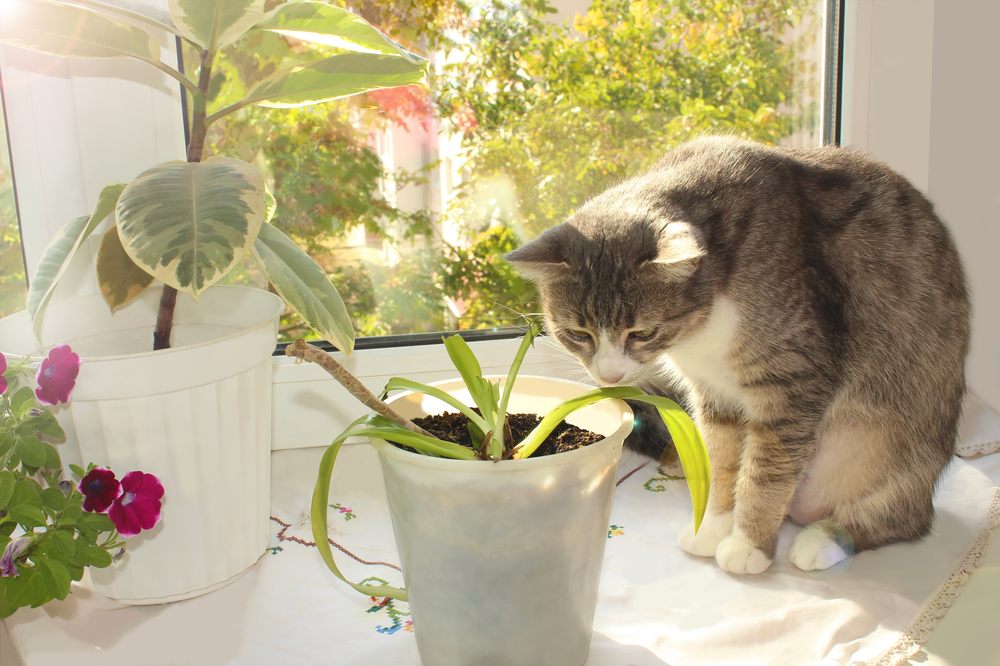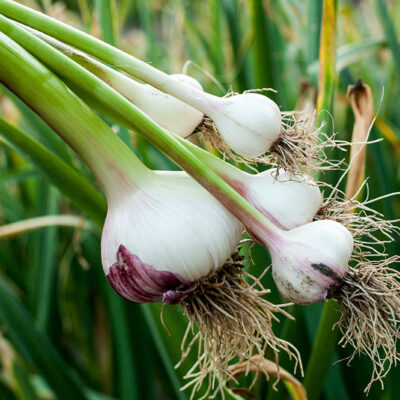
5 Toxic Houseplants For Cats
Cats are adorable pets and a great addition to any family. However, felines have sensitive respiratory and digestive systems that are easily irritated by certain plants. Toxic houseplants can cause cats to experience heart palpitations, stomach problems, difficulty breathing, vomiting, and seizures. As a result, it’s important to know what kind of plants you should avoid bringing home if you own a cat.
Read on to learn about five houseplants that are toxic to cats to ensure your furry friend stays safe:
1. Spider plant
Spider plants are a very popular choice for houseplants because they’re relatively easy to care for. These plants have long, slender leaves that grow from the main stems of its plant. The spider plant is edible for humans and can be used like aloe vera in some recipes. However, it causes breathing problems in cats if eaten or chewed. If your cat chews on a spider plant, it can cause vomiting, so keep these plants out of reach if you have a curious feline around.
2. Peace lilies
Peace lilies are a popular choice for houseplants because they grow flowers that look like white calla lilies. Unfortunately, this plant contains a chemical called calcium oxalate, which can be poisonous to cats. If your cat even ingests a tiny bit of this lily (flower or leaf), it can cause burning and itching of the mouth and throat. In serious cases it may lead to kidney failure, so protect your cat by keeping peace lilies out of their reach.
3. Sago palms
These are not traditional palm trees, but they are very similar in appearance. Sago palms have long fronds that grow from a thick stem base. When these plants are young, they have yellowish-green leaves at the bottom of their stems. However, as they age, they develop brown trunks and spear-shaped leaves on top. Sago palms contain erythritol, which can be poisonous to cats. This plant also contains a chemical called cycasin that causes liver failure in animals who ingest it. To protect your cat from these chemicals, keep sago plants out of your home.
4. Ficus
Ficus plants are a type of fig tree that is commonly used as a decorative houseplant. They have dark green leaves and long, drooping branches. The ficin and ficusin enzymes in this plant create a milky sap that can cause gastrointestinal irritation, vomiting and diarrhea, drooling, staggering, and breathing difficulties in felines.
5. Poinsettia
Poinsettias are a popular holiday plant because of their bright red color. However, this bright color comes from a substance called erythritol, which is poisonous to animals. While the leaves and petals of these plants are safe to touch, they can cause problems if a cat swallows or eats them. If your cat does ingest this plant, the sap within can cause abdominal pain, vomiting, irritated mouth and esophagus, diarrhea, and drooling. If your cat does eat this plant, take them to a veterinarian immediately to get proper treatment.


